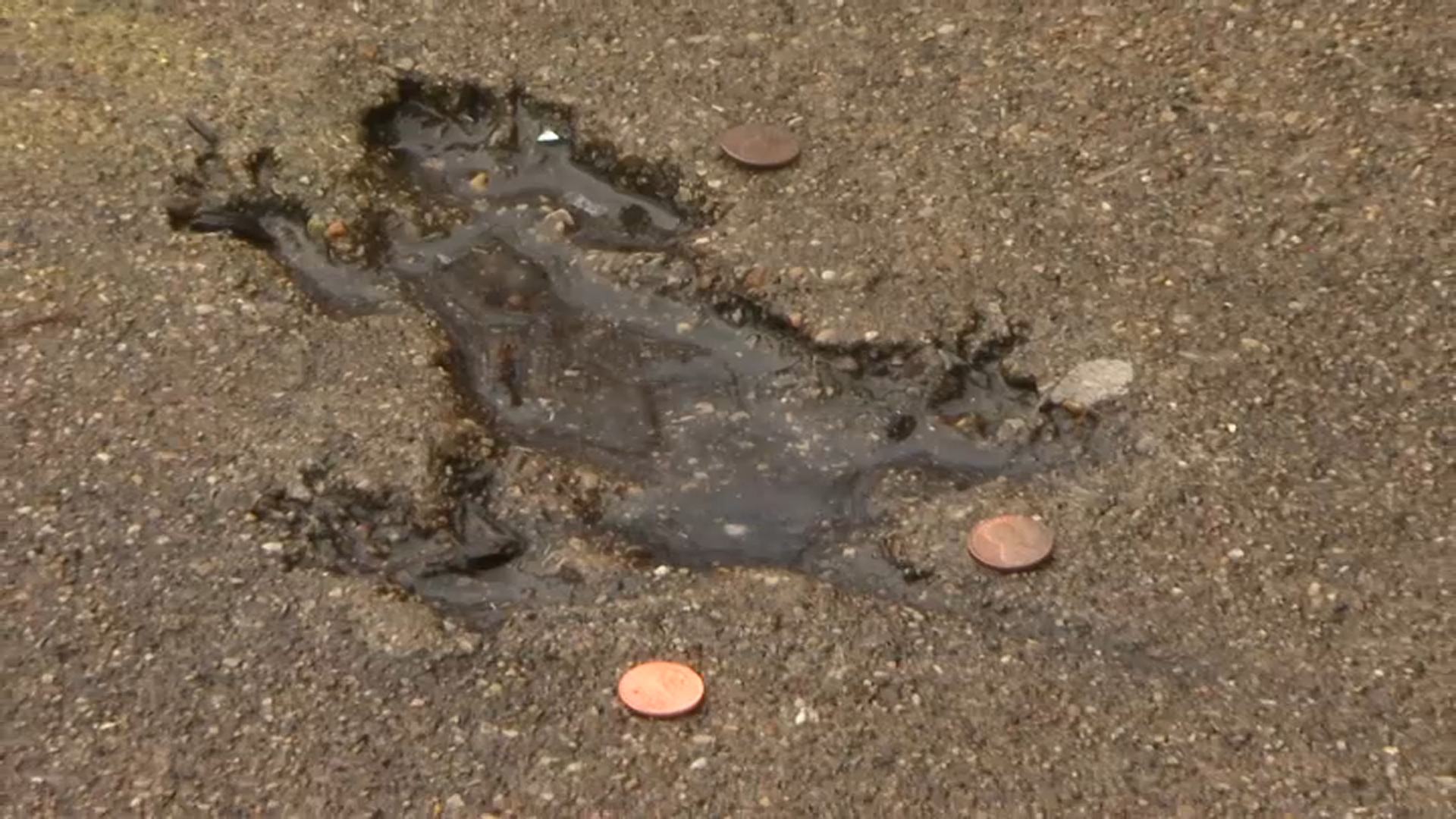Chicago's top doctor became the latest high-profile COVID case to hit the Chicago area last week and on Tuesday she described what her experience was like.
Having contracted the virus for the first time last week, Chicago Department of Public Health Commissioner Dr. Allison Arwady said she believed she got sick during a family vacation.
Upon her return, she immediately began testing - and then last Tuesday, the symptoms began.
"I actually was taking a COVID test, which had been negative, but then I started getting some symptoms on actually Tuesday, last Tuesday evening," Arwady said during a Facebook Live earlier this week. "And although I had a negative COVID test, to be honest, right from the beginning, I just was like, 'Oh, I think this might be COVID.'"
Feeling out of the loop? We'll catch you up on the Chicago news you need to know. Sign up for the weekly Chicago Catch-Up newsletter here.
Arwady said she started feeling "a little bit achy."
"I just felt, you know, I kind of know what a viral infection feels like and so I stayed home that Wednesday," she said. "And then when I tested later that Wednesday, my test was positive that night."
Overall, Arwady said she experienced a fever and cold-like symptoms.
Local
"Didn't have any concern about being hospitalized, didn't take Paxlovid, I don't have underlying conditions," she said. "And, you know, I was feeling fine a few days later."
As omicron subvariants continue to make up roughly all COVID cases in the U.S., health experts have said the variant is leading to more upper-respiratory symptoms, much like Arwady.
"We're seeing more what we call upper respiratory symptoms more recently," Arwady said. "We're seeing a lot of more sore throats, fatigue, still see some fever for sure, runny nose. Less sort of affecting the lungs, kind of whole body."
She added that headaches and rashes can both also be symptoms associated with the virus, though they aren't as common as the upper respiratory indicators.
Still, some symptoms, such as shortness of breath, have become less prevalent as the virus continues to mutate.
According to Johns Hopkins Medicine, early symptoms of COVID-19 typically include fatigue, headache, sore throat or a fever. Some patients also experience a loss of taste or smell as an early or their first symptom, though Arwady noted there is less of that with the most recent variants than there was earlier on in the pandemic.
A study by researchers at the University of Southern California also found fever may be first, followed by a cough and muscle pain. Then, those infected will likely experience nausea, vomiting or diarrhea. Unlike other respiratory illnesses such as MERS and SARS, COVID-19 patients will likely develop nausea and vomiting before diarrhea, the researchers found.
According to the CDC, COVID symptoms can appear anywhere from two to 14 days after someone is exposed to the virus. You can end isolation after five full days if you are fever-free for 24 hours without the use of fever-reducing medication and your other symptoms have improved.
Most Common Symptoms
"In terms of symptoms and what people have it's been so incredibly heterogeneous," said Dr. Sharon Welbel, the director of Hospital Epidemiology and Infection Control for Cook County Health. "I find with omicron we do know that still the most common is fever, cough - not so much shortness of breath anymore like we had with the Wuhan virus, but fever, sore throat and, as I said, cough."
Experts do caution patients that the severity, or even the type, of initial symptoms can vary widely from person to person.
"I think it's really variable depending from person to person," Welbel said. "It depends on age, it depends on comorbid illness, it depends on vaccine status, if one has been infected before potentially their you know, immune system is revved up more... So, I think that there's no way to protect it to predict it."
The CDC says that the median time for the appearance of symptoms in a patient with the different lineages of omicron could be just three days.
In general, symptoms will typically appear 2-to-14 days after exposure to the virus, according to the CDC. How long they last, however, can depend on the person, the severity of their infection and whether or not they end up with long COVID.
"Some people say they feel better in a day, some people say they still have lingering symptoms after three weeks," Welbel said.
Symptoms of the virus include:
-Fever or chills
-Cough
-Shortness of breath
-Fatigue
-Muscle or body aches
-Headache
-New loss of taste or smell
-Sore throat
-Congestion or runny nose
-Nausea or vomiting
-Diarrhea
Patients are urged to seek emergency medical attention if they experience:
-Trouble breathing
-Persistent chest pain or pressure
-New confusion
-Inability to wake or stay awake
-Pale, gray, or blue-colored skin, lips, or nail beds



